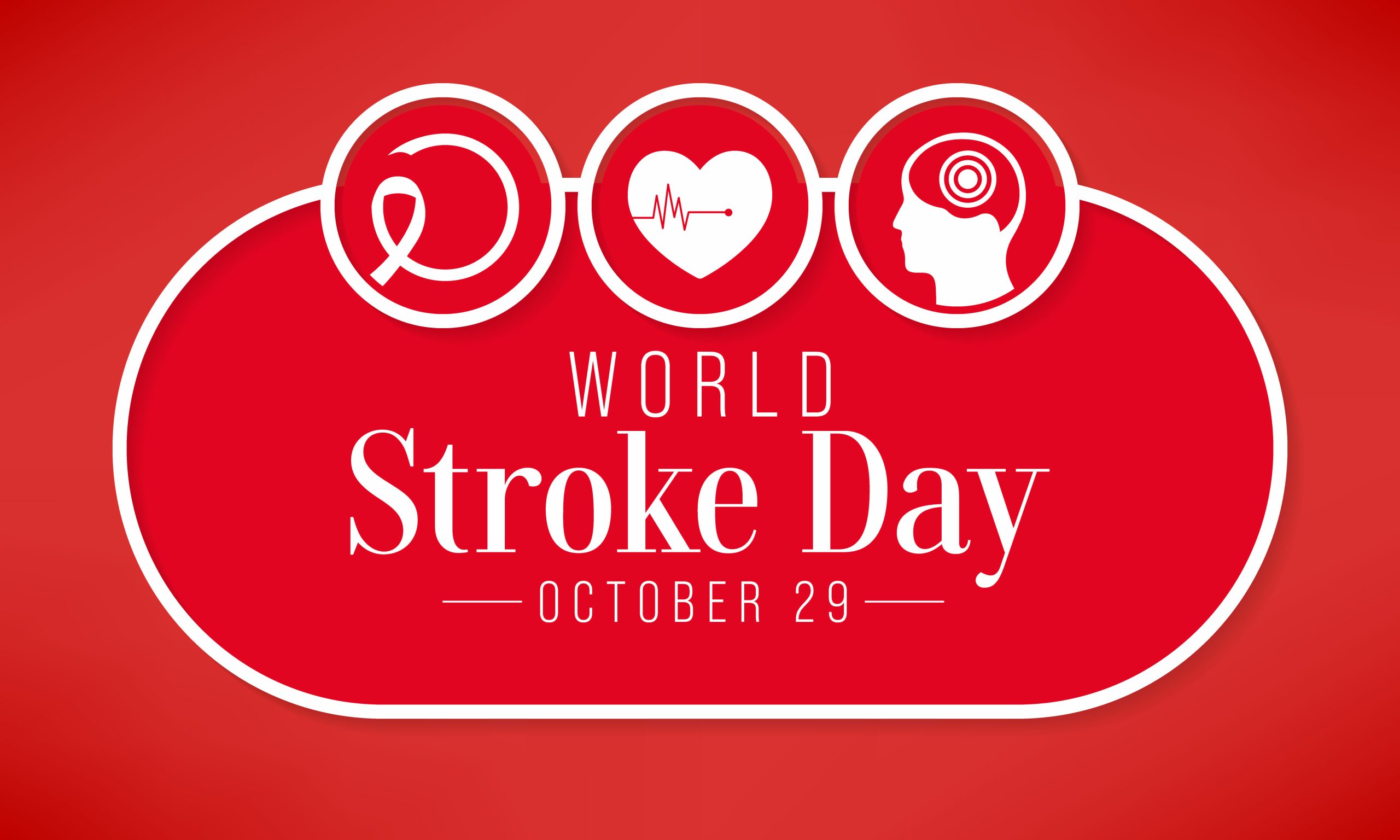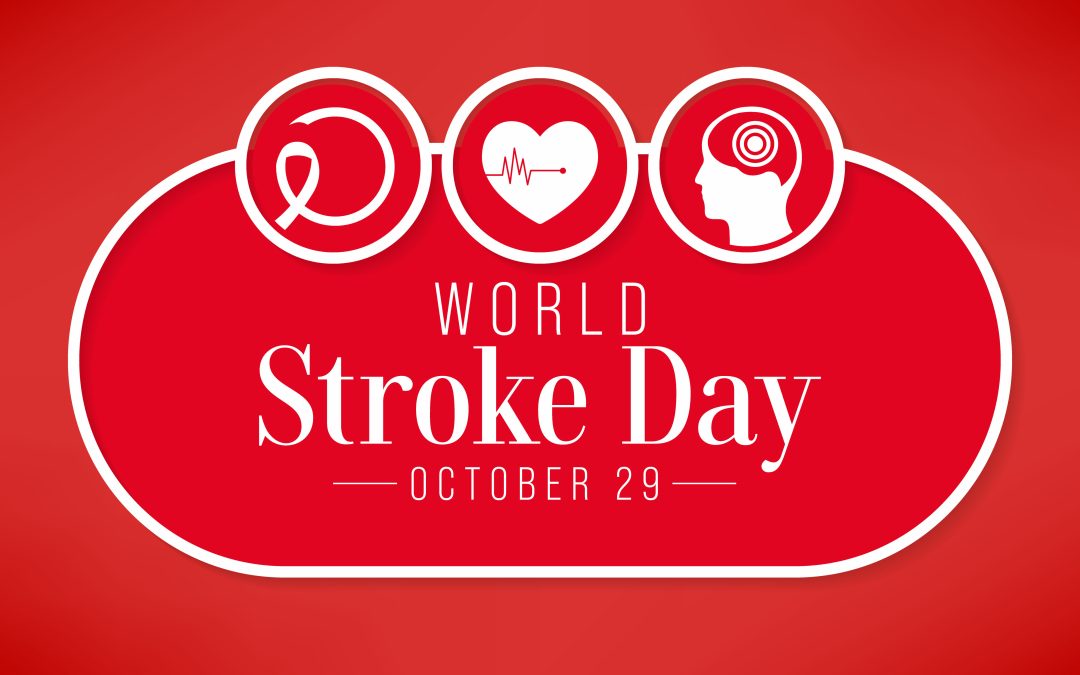
Stroke prevention is essential for maintaining good health. Here are seven healthy tips to help prevent a stroke:
1. Maintain a Healthy Blood Pressure:
High blood pressure (hypertension) is a major risk factor for strokes. Regularly monitor your blood pressure, and if it’s elevated, work with your healthcare provider to manage it through lifestyle changes, medication, or a combination of both.
2. Eat a Heart-Healthy Diet:
A diet rich in fruits, vegetables, whole grains, lean proteins, and low-fat dairy can help reduce the risk of stroke. Limit your intake of saturated and trans fats, cholesterol, and sodium. The DASH (Dietary Approaches to Stop Hypertension) diet is a good example of a heart-healthy eating plan.
3. Exercise Regularly:
Engaging in regular physical activity can help control blood pressure, reduce obesity, and improve overall cardiovascular health. Aim for at least 150 minutes of moderate-intensity aerobic exercise or 75 minutes of vigorous-intensity aerobic exercise per week, as recommended by health guidelines.
4. Maintain a Healthy Weight:
Excess body weight, especially around the waist, can increase your risk of stroke. Achieving and maintaining a healthy weight through a balanced diet and regular exercise is crucial for stroke prevention.
5. Don’t Smoke:
Smoking is a significant risk factor for stroke. If you smoke, seek help to quit. Quitting smoking can have immediate and long-term benefits for your health and reduce your stroke risk.
6. Limit Alcohol Intake:
Excessive alcohol consumption can raise blood pressure and increase the risk of stroke. If you drink alcohol, do so in moderation. For most adults, this means up to one drink per day for women and up to two drinks per day for men.
7. Manage Chronic Health Conditions:
Chronic conditions like diabetes, high cholesterol, and atrial fibrillation can increase the risk of stroke. Work with your healthcare provider to manage these conditions effectively through medication, lifestyle changes, and regular check-ups.
Additionally, it’s important to be aware of the signs and symptoms of stroke, which can include sudden numbness or weakness in the face, arm, or leg (especially on one side of the body), sudden confusion, trouble speaking or understanding speech, sudden trouble seeing in one or both eyes, sudden trouble walking, dizziness, loss of balance or coordination, and a sudden severe headache with no known cause.
If you or someone you are with experiences any of these symptoms, it’s crucial to seek immediate medical attention by calling emergency services (e.g., 911 in the United States). Quick action can make a significant difference in stroke recovery and outcomes.

